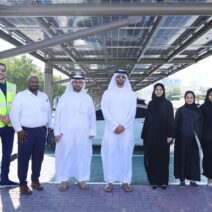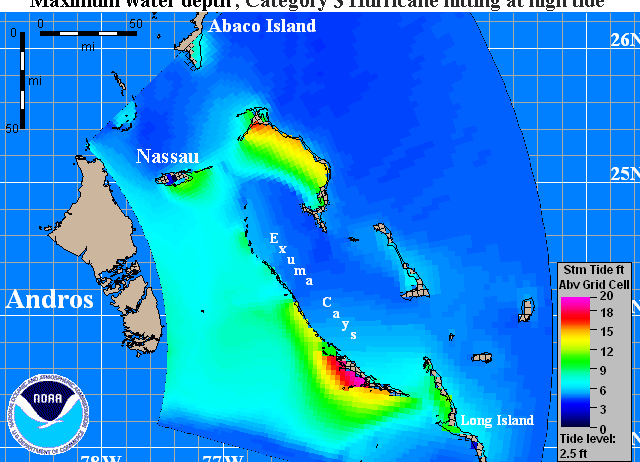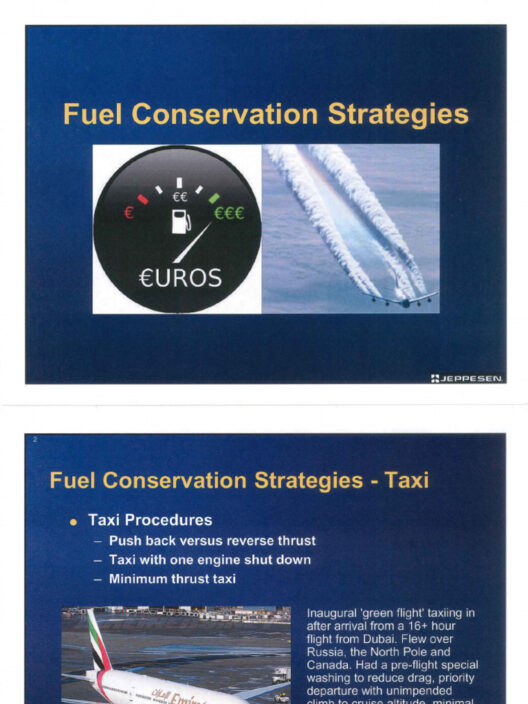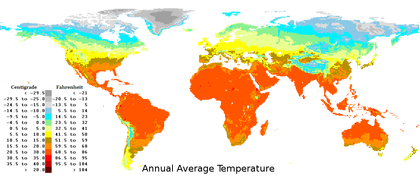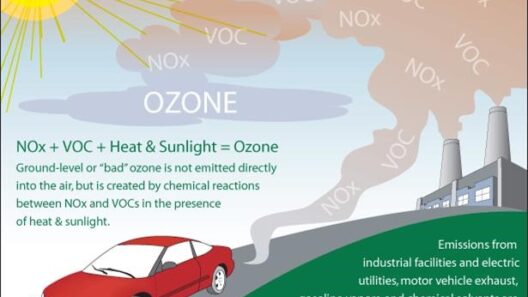The Bahamas, an archipelago comprising over 700 islands in the Atlantic Ocean, is often heralded as a tropical paradise. Its azure waters and pristine beaches attract tourists from around the globe, allured by the promise of sun-drenched holidays. However, the reality of the climate in this idyllic setting presents a more nuanced picture, with implications that extend beyond mere aesthetics.
Fundamentally, the Bahamas is characterized by a tropical maritime climate, categorized by its warm temperatures and significant humidity throughout the year. The subtropical latitude of the islands results in average temperatures that hover around 75°F (24°C) during winter months and rise to about 85°F (29°C) in the summer. Such warmth provides a backdrop for a stunning array of biodiversity, including unique flora and fauna, but also sets the stage for environmental challenges.
The classification of the climate as “tropical” does not do justice to the variation experienced across different islands and seasons. In the Bahamas, the dry season, which lasts from November to mid-April, contrasts sharply with the wet season stretching from May to October. During the dry season, travelers experience lower humidity levels, making it the prime time for tourism. Conversely, the wet season is marked by sweltering humidity, with afternoon rain showers often accompanying oppressive heat. Birdsong and blooming flowers punctuate this verdant period, yet lurking behind the beauty lies a precarious reality.
Hurricanes pose one of the most significant threats to the Bahamas’ climate stability. The region is situated within the Atlantic hurricane belt, making it susceptible to severe tropical storms and hurricanes, particularly during peak season from June to November. Historical records reflect an alarming frequency of hurricane occurrences, with devastating events such as Hurricane Dorian in 2019 exemplifying the destructive potency hurricanes can unleash. Communities experience not only the immediate impacts of wind and rain devastation but also long-term socio-economic repercussions.
Another crucial aspect of the Bahamas’ climatic narrative is its vulnerability to climate change. Rising sea levels, attributed to global warming, threaten the very essence of these islands. Coastal erosion becomes increasingly pronounced, endangering habitats and exacerbating property damage in waterfront areas. The intrusion of saltwater into freshwater aquifers compromises the drinking water supply, threatening both human and ecological health. This shallow, vulnerable ecosystem faces unique challenges, with its low-lying landmaking it particularly susceptible to inundation.
Moreover, increased temperatures exacerbate coral bleaching, a phenomenon that translates into alarming losses within marine ecosystems. Coral reefs, the foundations of biodiversity in Bahamian waters, are critical not merely for marine life but also for local economies dependent on fishing and tourism. The decline of these vital ecosystems carries far-reaching implications, affecting everything from food security to cultural heritage.
In addition to these environmental concerns, the socio-political framework surrounding climate management in the Bahamas merits attention. Policymaking that addresses climate change remains paramount, yet is often hampered by limited resources and economic constraints. The interplay between global climate initiatives and national interests poses challenges in implementing effective solutions to mitigate adverse effects. Furthermore, grassroots movements and local NGOs strive to foster awareness regarding sustainable practices, advocating for community resilience in the face of impending climatic changes.
Tourism, a lifeblood for the Bahamian economy, also bears the brunt of these climatic fluctuations. The changing weather patterns can deter visitors, particularly during the wet season. Resort operators grapple with the duality of enhancing tourist experience while also adapting to the unpredictable nature of weather phenomena. Balancing environmental responsibilities with economic imperatives highlights the tension between short-term gains and long-term sustainability.
Despite the manifold challenges, hope remains. Innovative strategies are emerging that prioritize resilience. For instance, the implementation of nature-based solutions, like mangrove restoration, can provide natural buffers against storms while enhancing carbon sequestration. Community education programs aim to bolster awareness around sustainable practices, encouraging residents to actively participate in safeguarding their environment.
The future of the Bahamas’ climate represents a microcosm of broader global challenges. The islands encapsulate the idyllic charm of a tropical paradise, yet this beauty is interwoven with dilemmas exacerbated by climate change and human activity. The juxtaposition of this tropical dream against the stormy reality serves as a clarion call for proactive engagement with environmental stewardship.
It is imperative to recognize that the Bahamian climate is not merely a backdrop for tourism but a complex, evolving ecosystem that requires vigilance, adaptation, and action. In navigating the stark contrasts between the tranquil and tumultuous elements of its climate, the Bahamas stands at a critical juncture. The choices made today will unequivocally shape the narrative of this tropical paradise for generations to come, intertwining the fates of its citizens, ecosystems, and economies.
Embracing the multifaceted nature of the Bahamas’ climate paves the way for a more resilient future, ensuring the islands can weather the storms that lie ahead while continuing to thrive as a sought-after destination.
